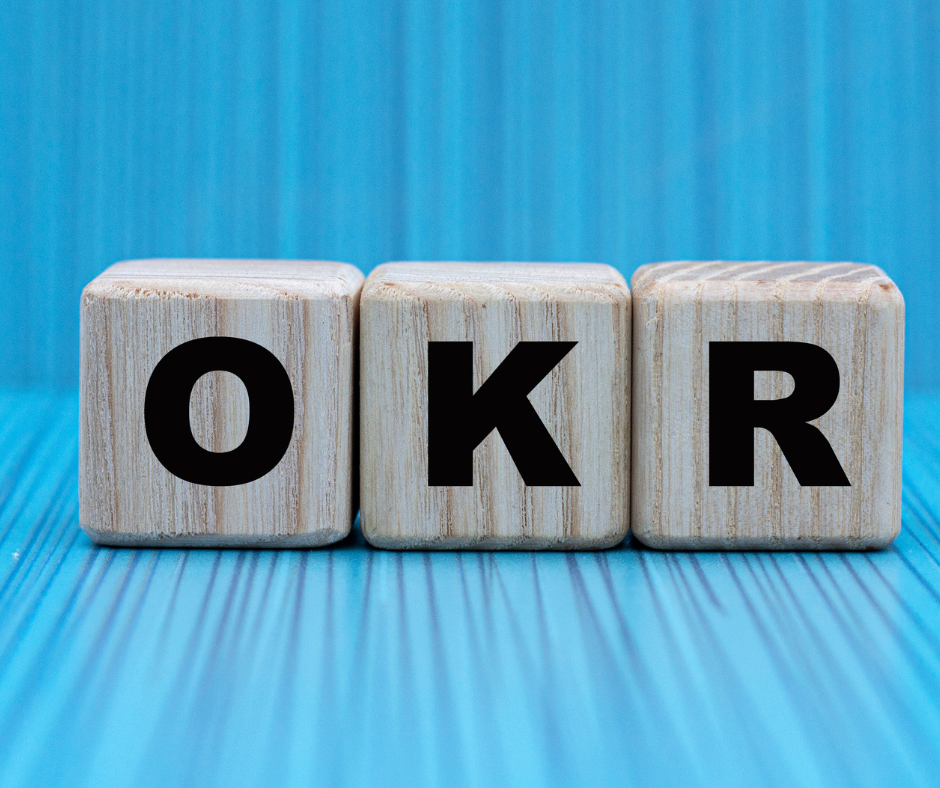The Bridge Between Culture and Execution
Using OKRs to translate values into real-world impact
The Challenge
A few years back, I was working with a mid-sized tech firm that wanted to move beyond the “values on a poster” stage. They had words like innovation and inclusivity written down, but those principles weren’t showing up in how people made decisions, set priorities, or allocated resources.
Instead of another top-down initiative, they invited the whole company into the process. We ran a series of workshops where people from every team and level could weigh in: What would it look like if our values actually shaped how we work? The ideas that surfaced were messy, human, and ambitious – everything from fixing customer service response times to embedding sustainability into operations.
The challenge was turning all that raw input into a strategy people could actually run with. That’s where OKRs came in. We translated the big themes into three clear Objectives:
- Customer-Centricity
- People & Culture
- Social Impact
From there, we mapped employee insights into Key Results that were both measurable and meaningful. The point wasn’t to slap metrics on values — it was to make values actionable. “How do we know we’re improving customer experience?” turned into concrete commitments like reducing response times and publishing satisfaction reports.
Because the OKRs were built out of employee contributions, they didn’t feel like someone else’s agenda. People could see their fingerprints in the strategy, and that ownership made the follow-through real.
What stuck with me most:
- You can’t operationalize values in isolation. Broad participation is what gives them teeth.
- Structure matters. A framework like OKRs provides the clarity to move from good intentions to measurable progress.
- When people see their ideas show up in strategy, resistance drops and momentum builds.
The result? The company had a roadmap that was both values-aligned and operationally grounded. More importantly, they had a repeatable model for bridging culture and execution – one that kept their values from drifting back into aspiration-only territory.
Editor’s Note: This piece was drafted in May, 2025 and added here as part of my archives.
